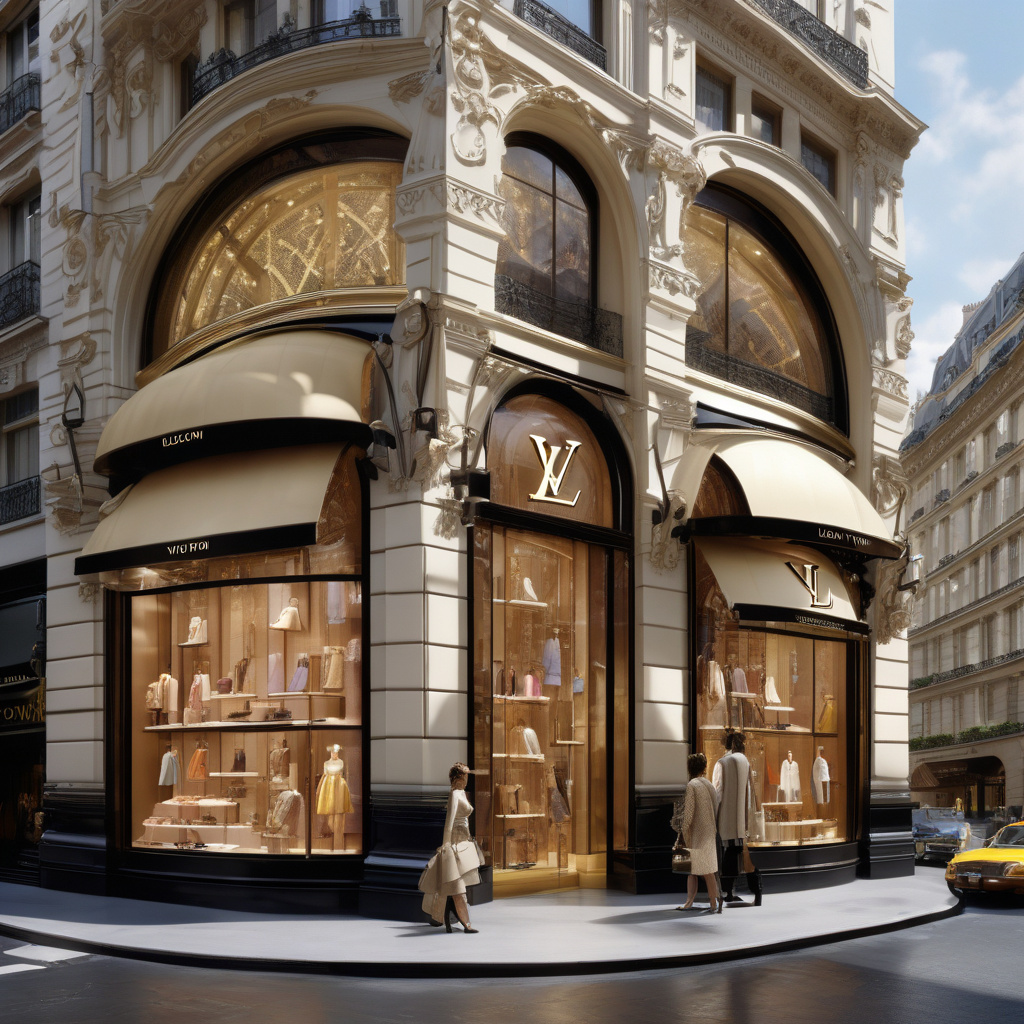Troubleshooting Louis Vuitton: Analyzing the Decline of LVMH’s Flagship Brand
Louis Vuitton, the iconic luxury brand under the umbrella of LVMH, has long been a symbol of status, sophistication, and style. However, recent reports indicate that all may not be well within the world of LV. As LVMH gears up to announce another quarter of declining sales, industry experts are turning their attention to what could be ailing this powerhouse brand.
With a creative overhaul currently in progress at Dior, another major player in the LVMH portfolio, and new leadership at the helm of Moët Hennessy, it seems that all eyes are on Louis Vuitton. As the group’s largest and most lucrative brand, any signs of trouble at LV are sure to send ripples through the entire luxury goods market.
One of the key factors contributing to Louis Vuitton’s current challenges could be market saturation. In recent years, the brand has expanded aggressively, opening new stores in both established and emerging markets. While this rapid growth strategy may have paid off initially, it’s possible that LV has now reached a point of diminishing returns. With more and more consumers gaining access to Louis Vuitton products, the brand’s exclusivity and allure may be waning.
Additionally, changing consumer preferences could also be playing a role in Louis Vuitton’s struggles. As the fashion industry continues to shift towards more sustainable and ethically conscious practices, some consumers may be turning away from traditional luxury brands like LV in favor of smaller, independent designers with a focus on sustainability. If Louis Vuitton fails to adapt to these changing consumer demands, it could find itself falling out of favor with a key demographic.
Another potential issue facing Louis Vuitton is brand fatigue. In an era where trends come and go at lightning speed, even the most iconic brands can struggle to stay relevant. With competition in the luxury market fiercer than ever, Louis Vuitton may be facing pressure to constantly innovate and reinvent itself in order to maintain its status as a trendsetter.
Despite these challenges, all hope is not lost for Louis Vuitton. The brand still boasts a loyal customer base, a rich heritage, and a strong association with high-quality craftsmanship. By leveraging these strengths and taking steps to address its weaknesses, Louis Vuitton has the potential to stage a comeback and reclaim its position as a leader in the luxury goods industry.
As LVMH prepares to unveil its latest financial results, all eyes will be on Louis Vuitton to see how the brand is faring in the face of mounting pressures. Whether it’s through reinvigorated marketing efforts, innovative product launches, or a renewed focus on sustainability, the future of Louis Vuitton will be shaped by how the brand responds to the challenges it currently faces.
In the fast-paced world of luxury fashion, staying ahead of the curve is essential. Louis Vuitton’s ability to adapt and evolve in the face of adversity will ultimately determine its success in the ever-changing landscape of high-end retail.
Louis Vuitton, LVMH, luxury goods, fashion industry, brand management












